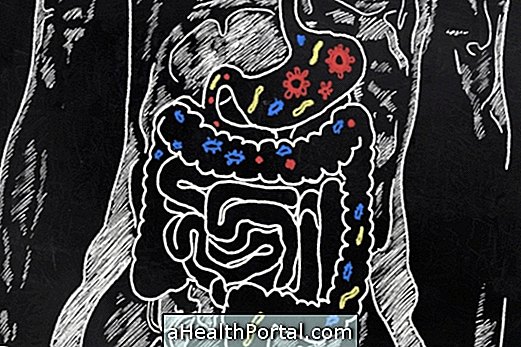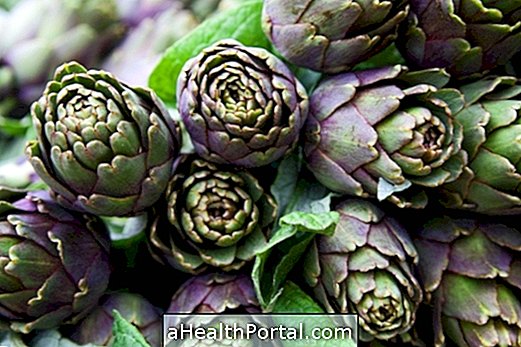Cyanobacteria correspond to a group of bacteria that obtain energy through photosynthesis, which is possible due to the presence of pigments such as chlorophyll A, phycoerythrin, phycocyanin and carotenoids. These bacteria can be found mainly in fresh water, however they can also develop in seawater, sediments, rocks and soils.
These bacteria are able to survive in environments with exposure to light and a large amount of nutrients, which favors flowering, which is a process characterized by the agglomeration of cells, resulting in the formation of a green layer in the water, which is indicative of large amounts of cyanobacteria.
The presence of large cyanobacteria can be associated with the presence of large amounts of toxins, which can directly interfere with people's health. Thus, it is important to avoid contact and water consumption in which the presence of the green layer can be observed, as it is indicative of contamination.

What they can cause
Some species of cyanobacteria are capable of producing toxins, called cyanotoxins, which could have health consequences when a person comes into contact with or ingests food or water contaminated with large amounts of toxins and cyanobacteria. Most cases of poisoning by cyanotoxins happen in animals, however there are cases of poisoning in humans by these toxins, being considered serious.
The effects of cyanotoxins on the human body depend on the amount of toxin ingested and circulating in the body. The main toxins produced by cyanobacteria and their possible health effects are:
- Hepatotoxin, which act directly on the liver, interfering with its functioning and resulting in the increase of this organ, vomiting and hemorrhage, which can lead to death within a few hours to a few days if the treatment is not started;
- Neurotoxins, which act on the nervous system and can result in seizures and respiratory changes, which can lead to respiratory arrest and death within minutes to hours after ingestion of large amounts of toxins;
- Dermatoxins, which cause skin lesions, which could favor the occurrence of secondary infections.
In addition, prolonged and frequent exposure to small amounts of toxin may increase the risk of developing cancer in the long term. Thus, if the person is exposed to small amounts of hepatotoxin over time, there is a greater risk of developing liver cancer, for example.
What to do
To avoid the possible effects of cyanobacteria on the body, it is important to pay attention to the quality of the water, assessing smell and color and avoiding contact and consumption of water or food, which have been in contact with this water, which appear to be contaminated.
In the case of contact or ingestion of water potentially contaminated by cyanobacteria, it is important that the person goes to the nearest health center or hospital to have tests done to help assess the levels of toxin present in the body and the functioning of the organs and, thus, , it is possible to indicate the most appropriate treatment if necessary.
See also how to make the water fit for consumption.
Was this information helpful?
Yes No
Your opinion is important! Write here how we can improve our text:
Any questions? Click here to be answered.
Email in which you want to receive a reply:
Check the confirmation email we sent you.
Your name:
Reason for visit:
--- Choose your reason --- DiseaseLive betterHelp another personGain knowledge
Are you a health professional?
NoPhysicianPharmaceuticalNurseNutritionistBiomedicalPhysiotherapistBeauticianOther
Bibliography
- IPEA. Cyanobacteria, a risk to life. Available in: . Accessed on 22 Mar 2021
- ANALYTICA. Cyanobacteria and cyanotoxin blooms: health risk assessment. Available in: . Accessed on 22 Mar 2021
- MINISTRY OF HEALTH. Toxic Cyanobacteria in Water for Human Consumption in Public Health and Removal Processes in Water for Human Consumption. Available in: . Accessed on 22 Mar 2021
























